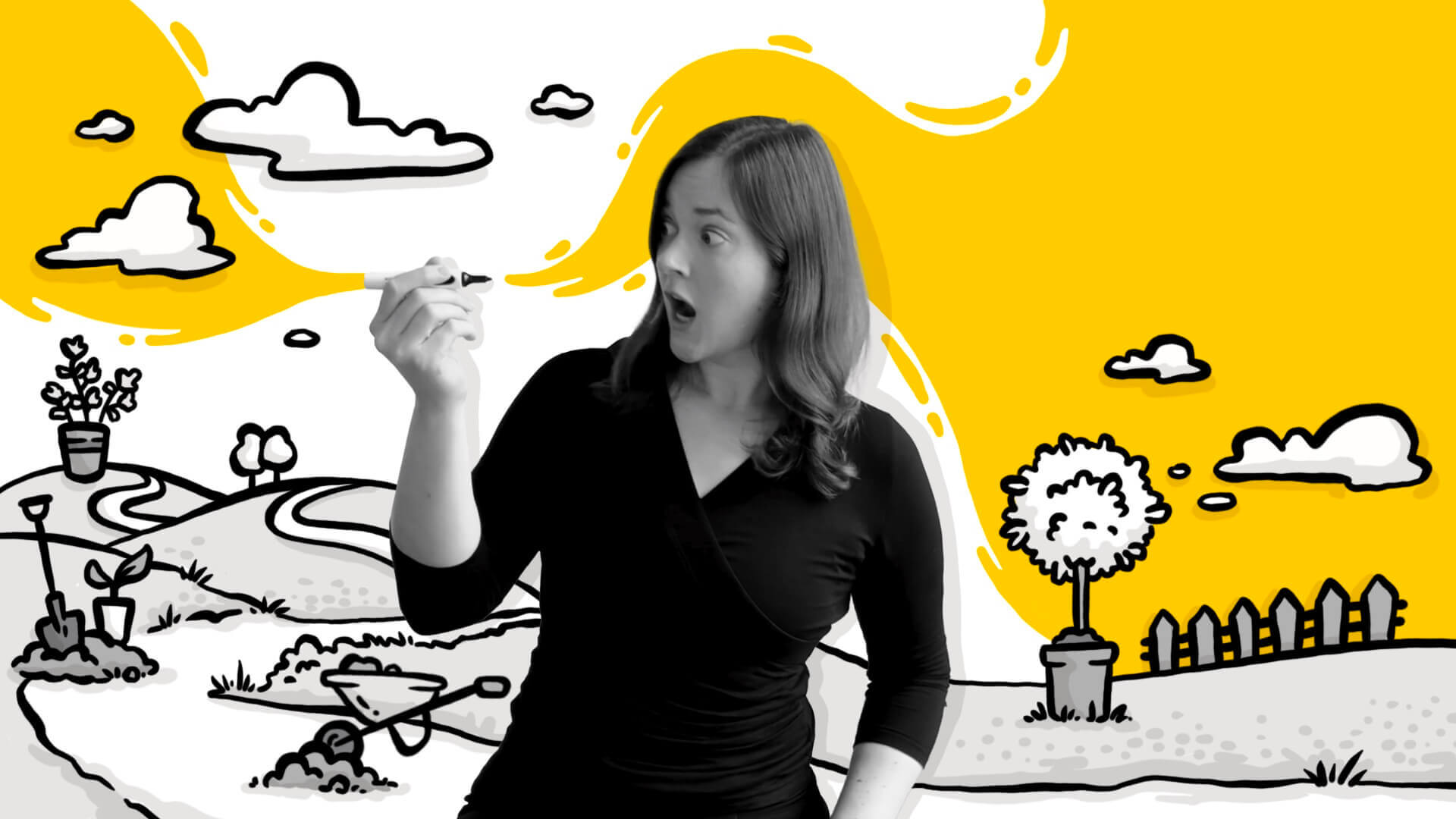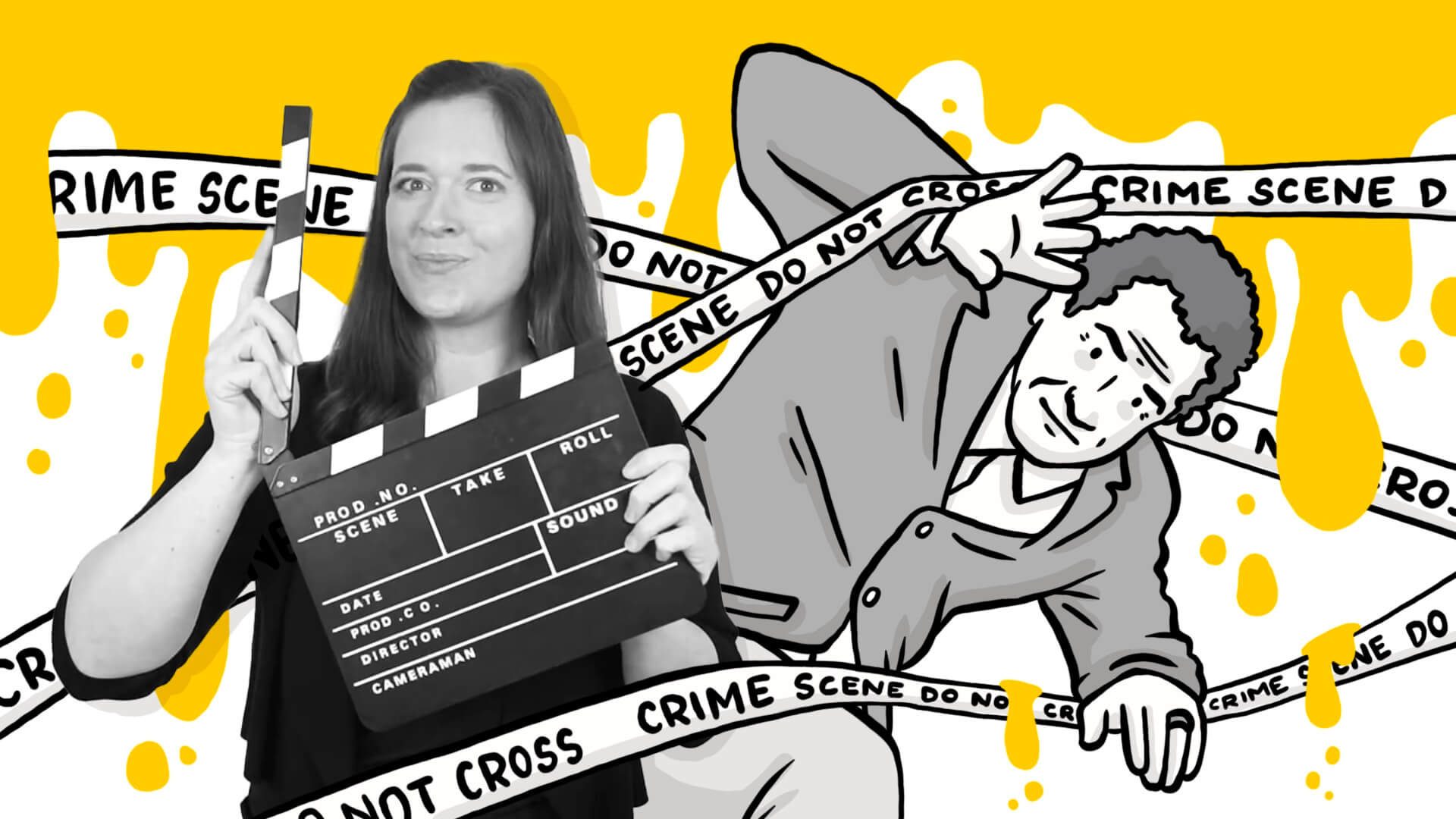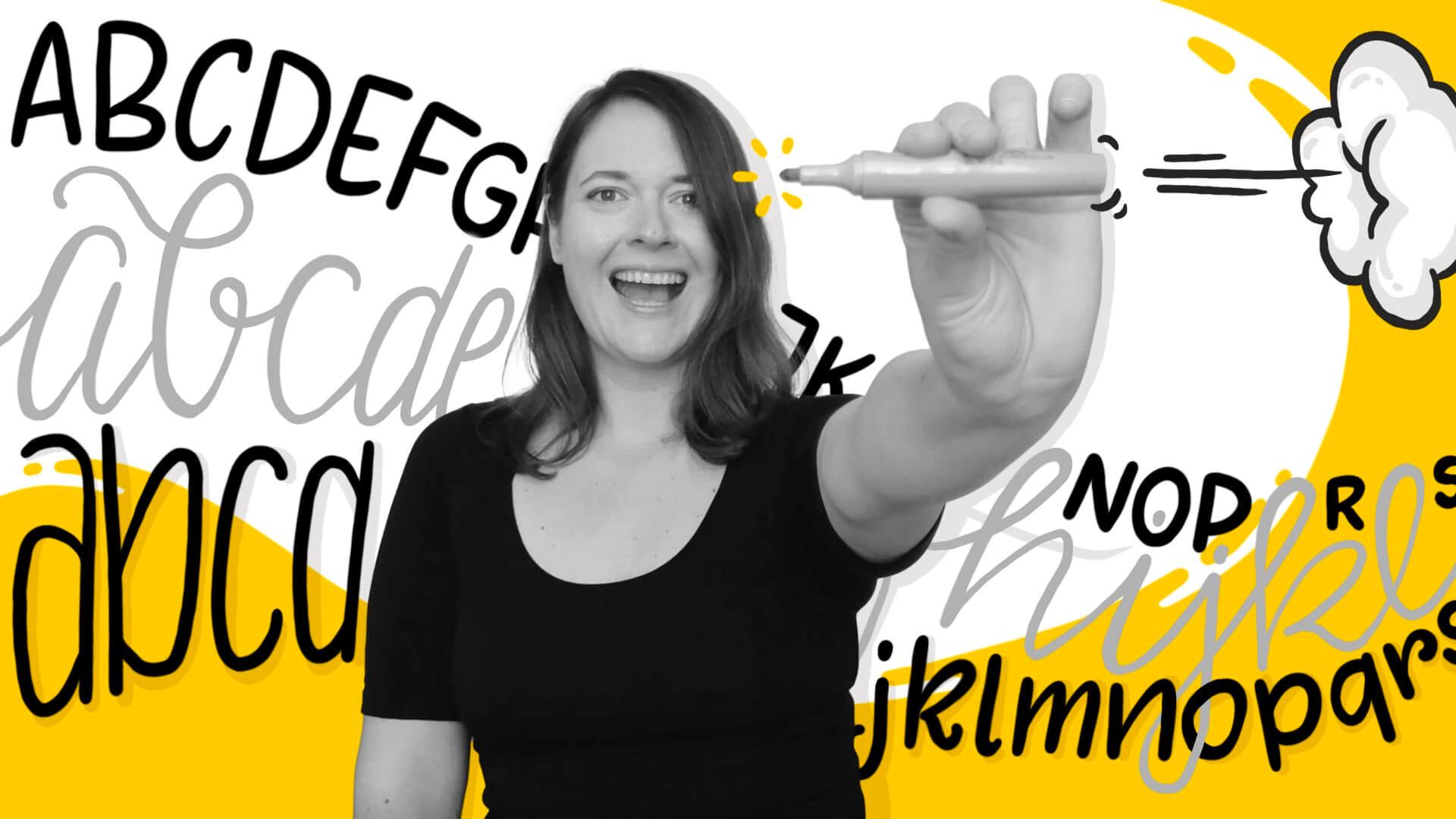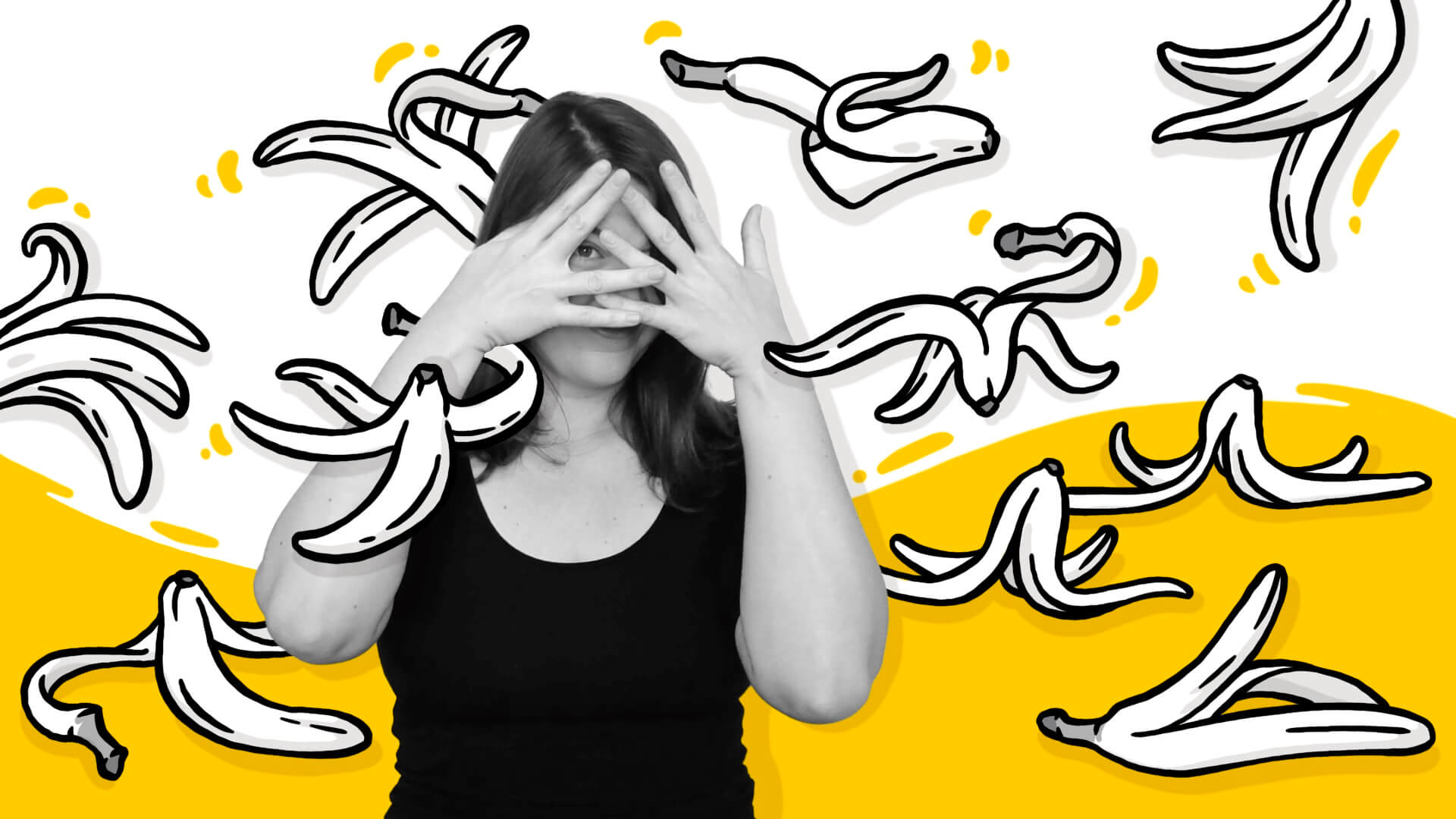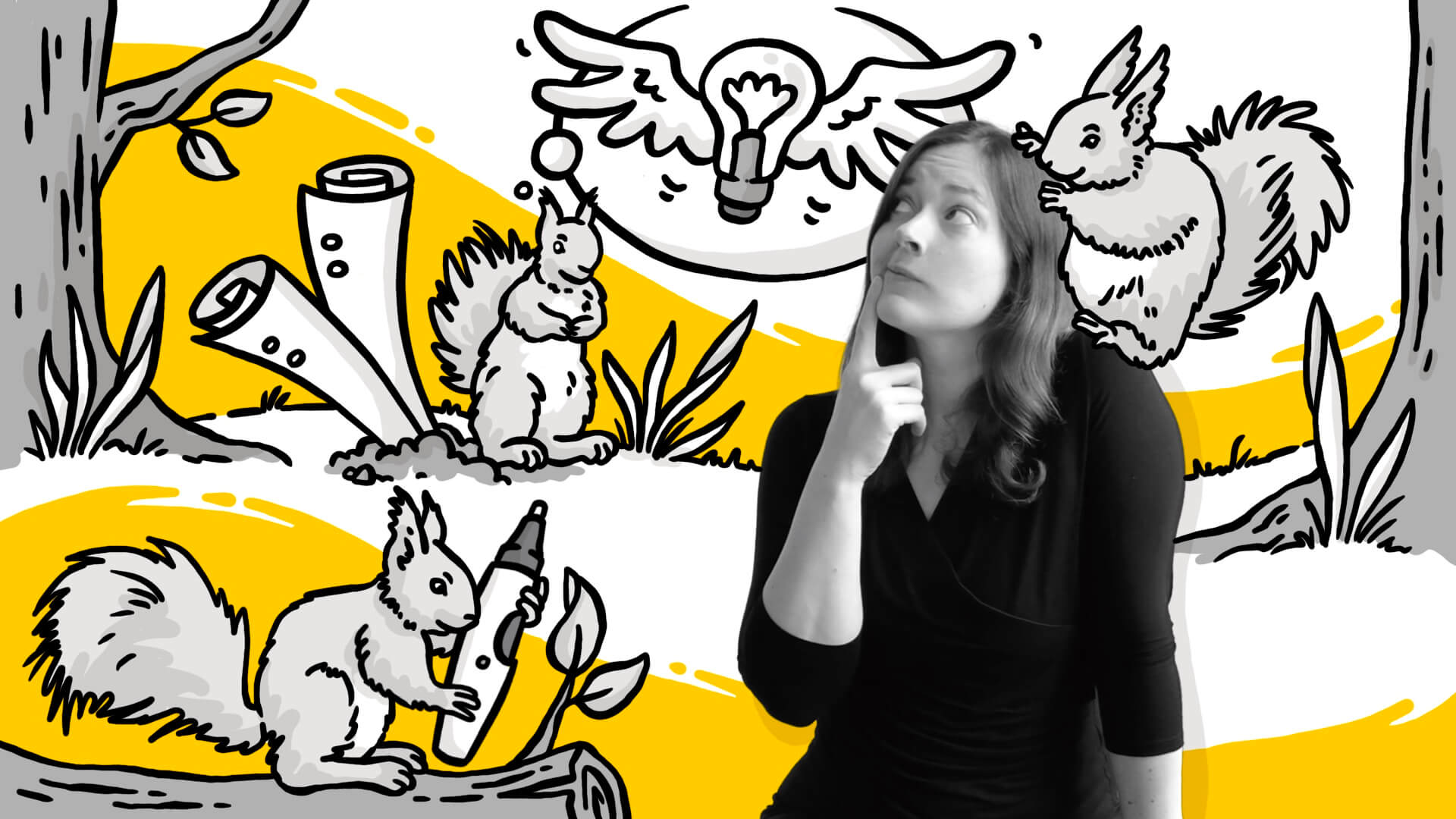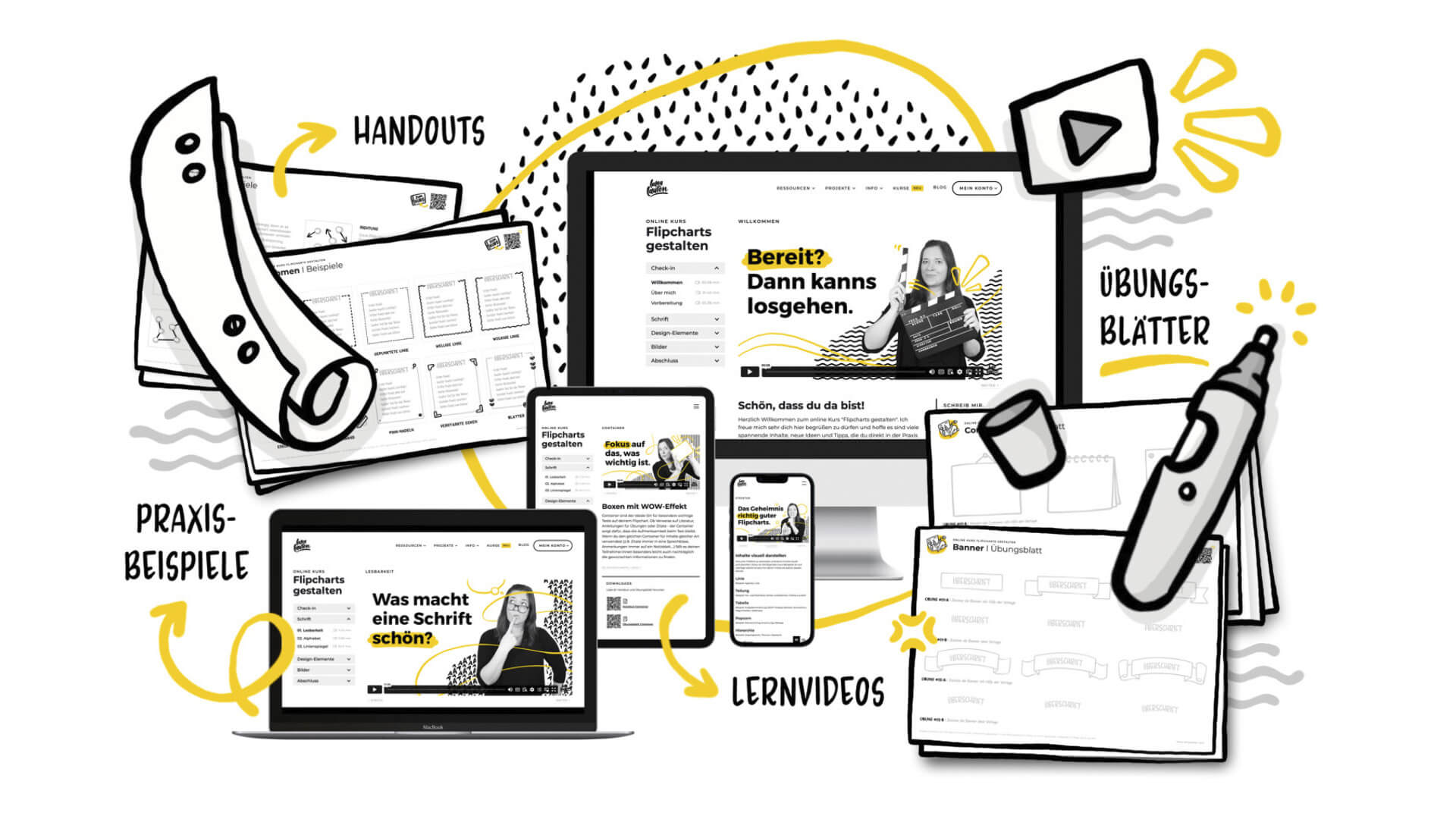What I Mean by Product
A product can be many things. In my case, it is the most obvious: I want to bring the knowledge I have acquired over the past few years into a form that benefits others. And since I can neither present a wealthy investor nor a production facility (and the risks and logistics for physical products seem unmanageable for me at this point), I do what I can: digital tools. But before I go into detail about what that means, let’s first address a fundamental question:
What’s the Purpose of a Product?
Good question. While others dream of fancy cars, steel abs, or glittering Instagram fame, I have been dreaming for years of my own product. If you want to know which song constantly plays in my head, you can sing along with me:
But why do I dream of colorful lanterns, or rather my own product? Well, there are several reasons…
1. Maximize Benefits
I want to create something that benefits not just one person or group (like my client projects and commissioned work), but has the potential to be useful to many people. Something that is available to anyone who can gain an advantage from it.
2. Fill Downtime
I love to create, and when I sit still for too long, I become restless. However, during holidays or school breaks, things often quiet down on my clients’ side. These times are therefore perfect for working on my own projects.
3. Set Focus Areas
What I like about client projects is that I can dive deep into topics from various worlds. My own product allows me to choose the topics I want to immerse myself in as a counterbalance.
4. Explore New Territory
Our world is changing at a rapid pace. I believe that change happens whether we want it or not. It is not possible to remain in the present. We have two options: we can let ourselves be carried away or take the helm ourselves. This means exploring new paths, daring to try something new. Rarely does anything exciting or growth happen in our comfort zone.
5. Bundle Competencies
I am intrigued by the idea of building something that challenges me in all areas. A project that pushes all my skills to the limit and regularly forces me to step out of my comfort zone and try new things. This very challenge is what working on my own product offers me.
What Does Such a Product Look Like?
Okay, now we know that there is no lack of motivation. We are sitting in front of a pile of colorful Lego bricks (each representing an experience, skill, or knowledge we bring) and are ready. But what do we want to build? I thought I would focus on the area where I have the most to say.
I thought I would stick to the question that has always been on my mind: “How can we translate content into images that make complex information accessible to a wide audience, understood, and memorable?”
The idea is to summarize and make usable the knowledge I have gained over the past years for others. In short: I am gradually transforming the elements I have integrated into my work (flipchart design, illustration, graphic recording, explanatory videos, etc.) into resources for others who either want to learn the craft themselves or are looking for ready-made tools to get started right away. What I envision? Blog articles, tutorials, templates, step-by-step guides, image sets, webinars, newsletters, social media postings, podcasts, downloads… a whole universe of ideas.
That in itself is already a not-so-simple (or modest) plan. But (“shoot for the moon,” they say) it shouldn’t stop there. I also want to continue growing and learning together with you. So, not just repeating what I know, but also exploring new things and taking a closer look at topics I have only touched upon so far.
What does that mean concretely?
Now it’s time to get down to business. Enough planning, let’s get to the implementation. Because the best plan and the most ambitious ideas are of no help to anyone as long as they remain just in my head. So: roll up your sleeves and let’s go.
Step 1: The Technology
Just as every ship needs a harbor, every digital product needs a suitable website. For me, that meant throwing my existing website overboard and building it completely anew. Sounds easy? Well, then hats off (and please hand over the business card). For me, it sounded like a gigantic amount of work, an infinite number of question marks, and potential icebergs that I need to navigate around. Because I wanted to implement this as much as possible on my own, so that in the future I can make changes and additions myself without having to pay a funky advertising agency and an IT developer for every comma I want to move.
First, then, research. Anyone who has ever tried to explore alternatives for hosting a website or web shop options has probably quickly realized: there are far too many possibilities. And all are advertised as THE solution for everyone and everything. Which one is the right one? What advantages and disadvantages do the various offers bring? Where do they differ? And how can I implement this alone without serious programming knowledge?
Instead of a long list with a thousand options, pros and cons, or price comparisons, here are the solutions I ultimately decided on:
Webflow
Webflow is an alternative to WordPress that requires some onboarding but is well worth the effort. I am very enthusiastic about the intelligent structure, the extensive Academy (where you can learn everything you don’t immediately understand intuitively), and the ability to implement even the most demanding design wishes (almost without code).
Fathom
Fathom provides statistics on page accesses and user behavior that protect the privacy of visitors and thus operate completely without cookies. I find it very exciting and helpful to know what sparks interest and how visitors come to my site.
Paddle
The best tip I received (Alex, you are the best!). Paddle acts as a “Merchant of Record” and thus allows me to sell digital products worldwide without having to deal with the tax laws of each individual country. Unlike some other online stores, Paddle is fully integrated into the website.
Boathouse
Boathouse is the perfect complement to Paddle for running a web shop. A big plus: there is, among other things, a really great guide on how to get Paddle up and running in just a few steps (even as a non-geek).
Weglot
Anyone who wants to offer their products in more than one country is well advised to make the website multilingual. This is an endless amount of work if approached manually. Not to mention the technical pitfalls. I stumbled upon Weglot and had a fully functional English version of my website two hours later. Euphoria!
Step 2: The Product
So. Everything was ready. Except for the product itself. From the many ideas I had, I had to choose one to start with. I ultimately decided on something that appealed to me for several reasons: flipchart templates.
One of the reasons was that my own visualization journey started with flipcharts - how fitting to start my products with that and to pick up everyone who wants to join me on the journey where I also found an easy entry.
It was important to me to provide inspiration for those who want to draw themselves, as well as a ready-to-print solution for those who prioritize efficiency. And that with over a hundred templates: as a vector file for professionals (in Adobe Illustrator), for easy editing for trainers (in Photoshop and Procreate), and for immediate use (as prepared .jpg / .png / .pdf / .svg files). Additionally, I envisioned a catalog with all images for quick orientation and a step-by-step guide for tracing. Phew. Still sounds like quite a bit. Where to start?
The Concept of the MVP
MVP stands for “minimum viable product” and simply means reducing the product to its core and releasing an initial version to learn from it instead of spending a hundred years in a quiet room polishing the perfect mammoth version. Or, as Wikipedia says:
A Minimum Viable Product, literally a “minimal usable or viable product,” is the first minimally functional iteration of a product that serves to learn as quickly as possible from user feedback and thus prevent misdevelopments that stray from user requirements.
That sounded good to me, so on my 37th birthday (how could it be otherwise) I offered 37 templates (initially only as pixel graphics) for 37 hours on LinkedIn for free download. This allowed me to check if there was any interest (yay, there definitely is) and at the same time gather valuable feedback.
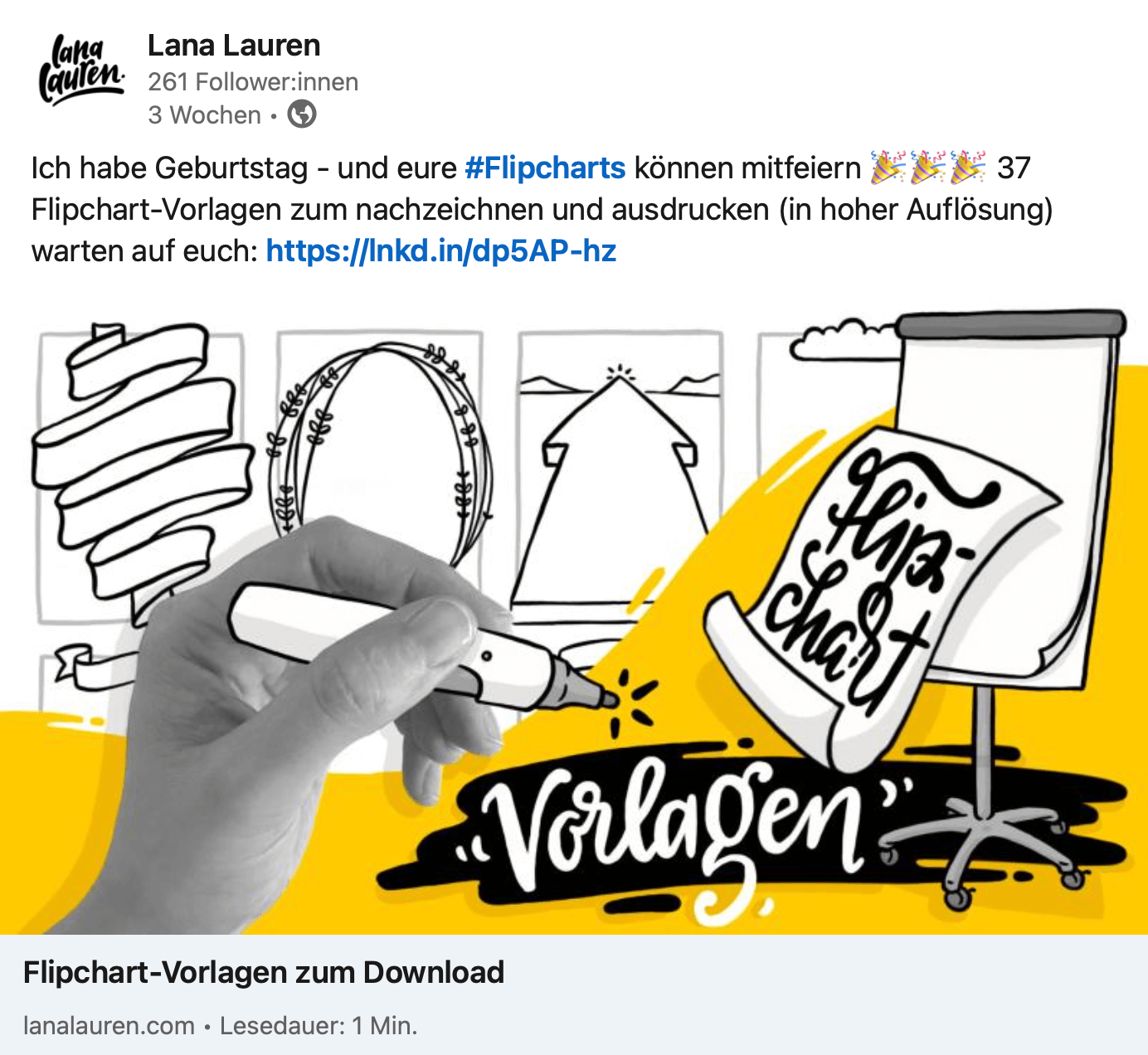
We Are Live
The next step was refining these templates (including all file formats) and integrating them into the web shop. I now offer them in my web shop - at a reduced price. Anyone who believes in the product gets it at a discount if they buy before the complete finalization. However, I’m not promoting it heavily yet. As soon as new templates are ready, they will go online and be made available to all previous buyers as well.
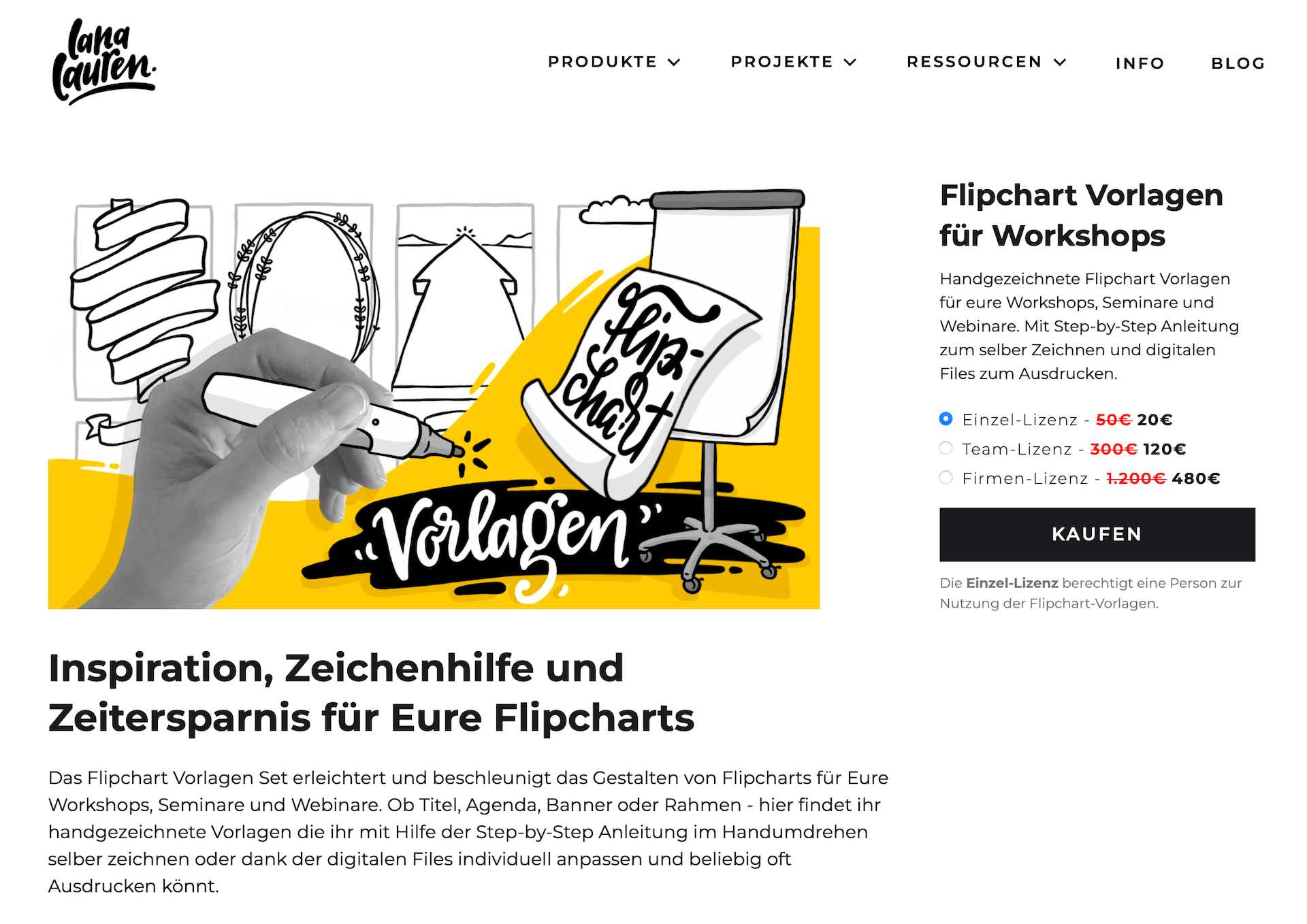
The early buyers help me through motivation (every email confirming a sale still causes a little dance of joy) and feedback. And they benefit themselves by being able to influence the development (wishes will be incorporated into the upcoming templates) and getting the product at a significantly reduced price. This phase is currently ongoing. The final product should (according to current estimates) be online by the end of May 2023.
Step 3: …and talk about it
In addition to building the website and product development, I have (as you may have noticed) started writing regularly about myself and my process. I am currently doing this in my blog and on LinkedIn through posts and a weekly LinkedIn newsletter.
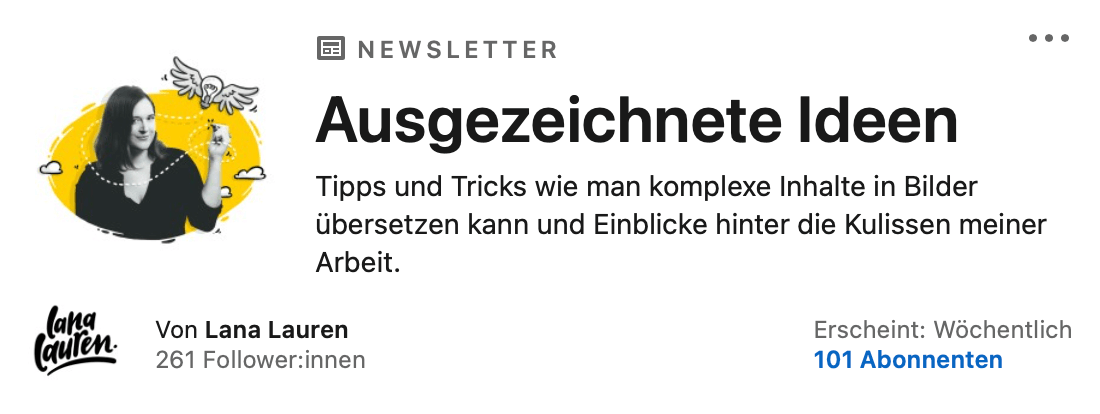
Soon there will also be a monthly email newsletter for everyone who wants to translate content into images, in which (unlike on LinkedIn) not only texts will appear but also resources will be provided for free download (exclusively for subscribers). What am I writing about? Currently a bit about myself and what I do (to introduce myself) and in the future more specifically about the topics I am passionate about.
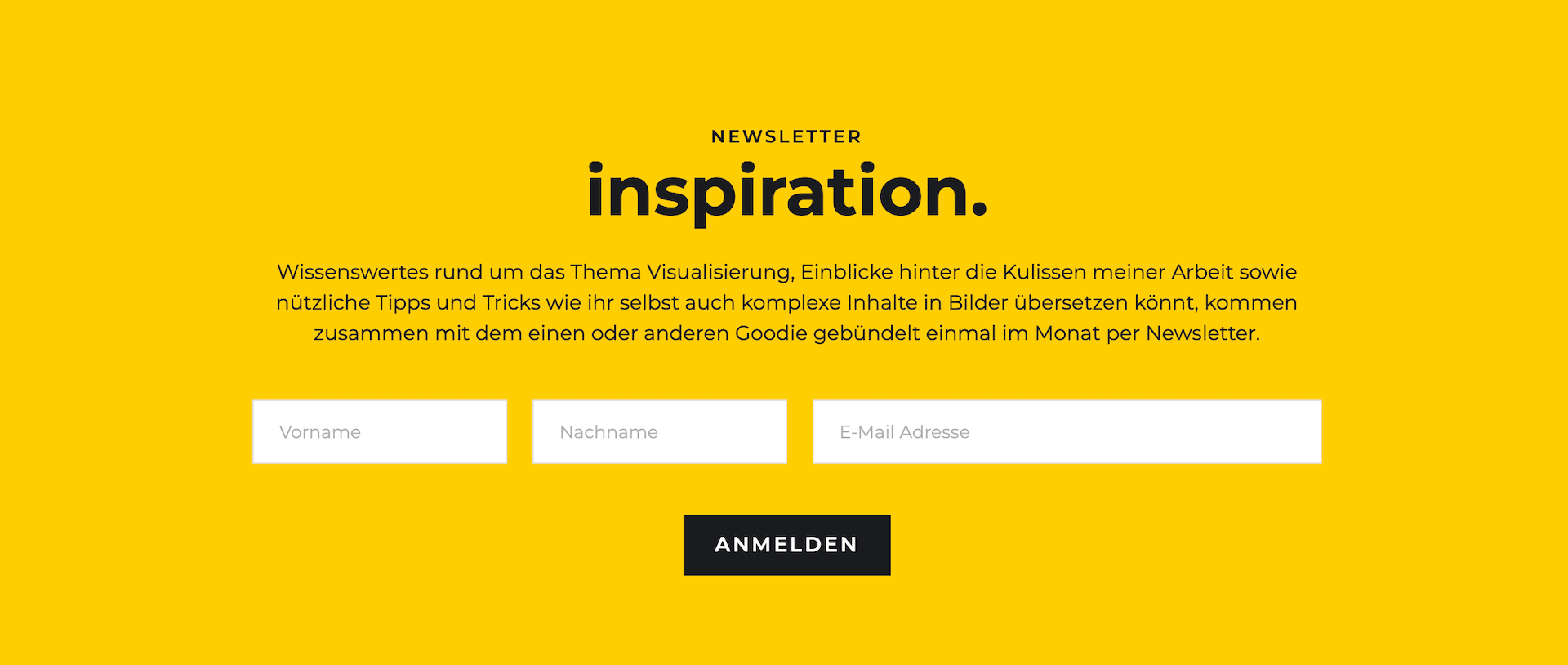
Somehow, writing helps me think, and the regular deadlines help me stay on track. But even more, the goal of the texts is to engage in conversation with you, to receive feedback based on which I can adjust my path, and to get a sense of what sparks interest and is useful to others.
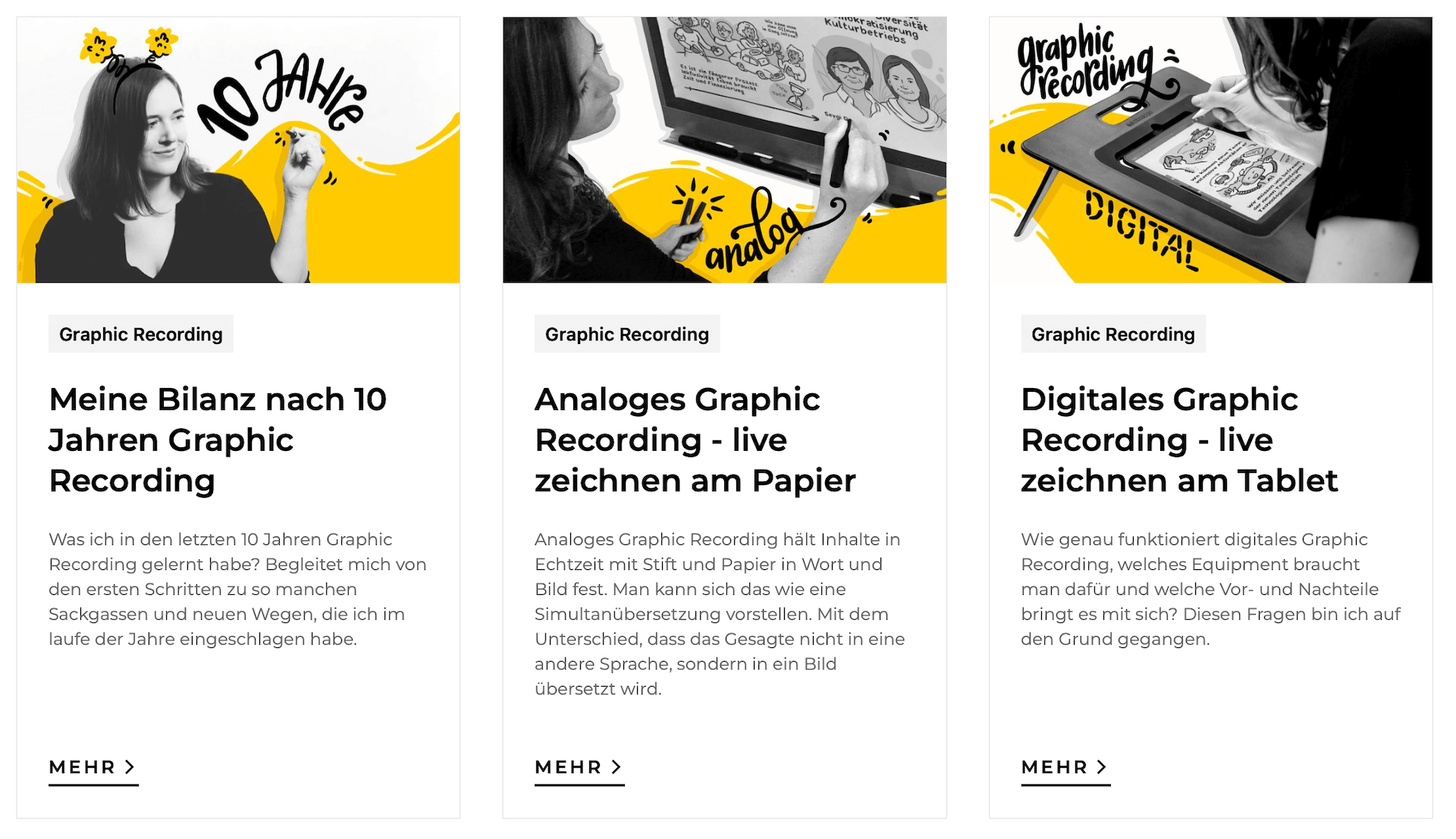
I appreciate all the comments and messages I have received so far, and I would love for you to continue letting me know how I can best support you in your visualization practice. What content do you wish for? What resources would make your work easier? What helps, what is missing, what do you wish for more of?
In that sense: I look forward to you accompanying me on my journey, occasionally reading what I’m up to, sharing the articles with others or your thoughts on them - every one of your seeds finds a place in the garden I am currently planting, and I hope it will soon house many beautiful flowers that you can smell and be inspired by, as well as some fruits that you can take home to nourish yourselves and plant the seeds in your gardens.
